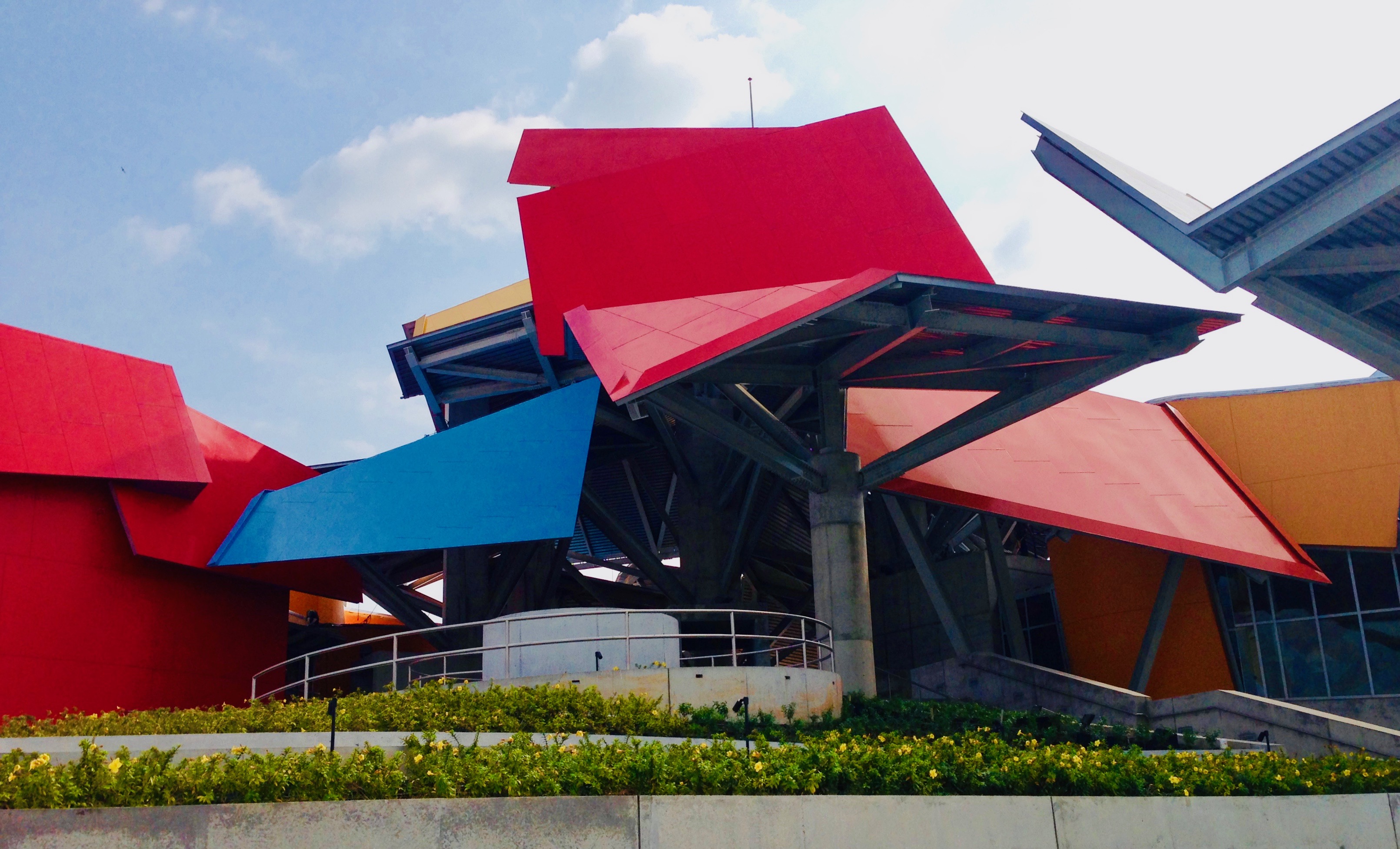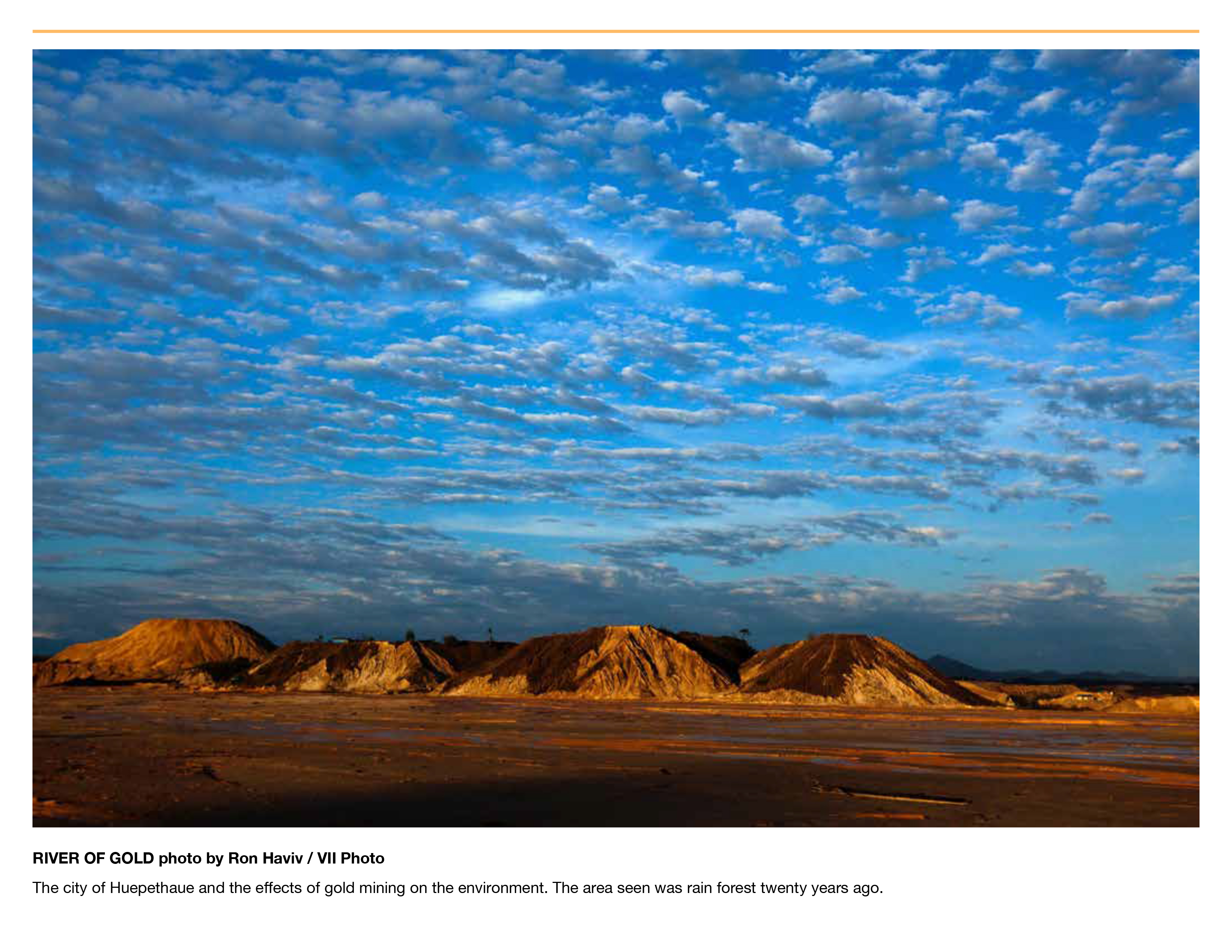In April, I covered the Panama International Film Festival, a world cinema showcase. It was my fourth time at the festival, which is curated by Diana Sanchez, the senior director of the Toronto International Film Festival, one of the world’s biggest and most prestigious. Sanchez is someone who gets paid to have impeccable taste in movies, so in Panama I get to see and write about thought provoking films that often never make it to the U.S..
This year, after the festival, I made plans to get out of the capital and discover more of the Isthmus of Panama whose creation 2.8 million years ago was due to a colossal geological feat when two plates in the Earth’s crust collided. That ancient geo-spectacle united two continents, divided two oceans and enabled a massive migration of flora, fauna and humans. Panama has played a major role in the planet’s biodiversity ever since.
Enough to merit a Biomuseo, designed by world-renowned architect Frank Gehry, whose wife Berta is Panamanian.

Frank Gehry’s seaside Biomuseo. Credit Photo: Andréa R. Vaucher
The museum, a Disney Hall-inspired structure painted in primary colors, showcases the country’s different eco-habitats: marine eco-systems, mangroves, freshwater rivers, mountain forests, volcanoes and more.

Panama City: A mix of the old and the modern.
Credit photo: David Bloom
I had already uncovered Panama’s spiritual soul in Casco Viejo, the city’s quaint colonial old town, a UNESCO World Heritage site, where the festival is held each year. But since this was my year to bask in the ecological soul of Panama, I began the festival by dipping into the Green Section, a selection of environmental documentaries.
Sharkwater Extinction, directed by activist Rob Stewart, who died while making the beautifully 4K-shot film, is about the heartless industry of shark finning, driven by the Asian love for shark fin soup. In Costa Rica, Panama, Africa and even Los Angeles, fisherman catch the sleek creatures in huge nets, cut off their dorsal fins and throw back the mutilated sharks to die. Stewart says in the film that in the past three decades, 99% of the shark population has been decimated. His goal here was to make sharks seem as friendly as dolphins; he swims and hugs them without incident. His death, much less dramatic than expected, and never rending the film morbid, was due to hypoxia.

Director Rob Stewart swimming with sharks.
Credit photo: Shark Extinction (still from film)
The Biggest Little Farm perfectly depicts the complexities of mother nature with a capital M. Multiple Emmy-winning director John Chester documents the travails that befall him, his wife and dog when they trade a tiny L.A. apartment for 200 acres of drought depleted land in Ventura County. Idealistically, they try to build a sustainable and bio-diverse farm. They plant 10,000 fruit trees and over 200 crops and bring in chickens, goats and pig named Emma. Chester filmed over eight years and through many struggles, there were no frogs, no locusts, but enough wild rides to show them who’s the boss.
Laura Nix’s inspiring film, Inventing Tomorrow, is about a diverse quartet of high school students — from Indonesia, India, Mexico and Hawaii — who were among the competitors at Intel’s International Science and Engineering Fair. All of their projects deal with trying to solve high impact pollution problems in their neighborhoods and make the viewer conscious, on a microcosmic level, how we are destroying the Earth, a little here, a little there.
I also caught a special screening of Sarah DuPont and Reuben Aaronson’s River of Gold, which takes the science kids’ problems — already awful — to another level from the movie’s first image which dramatically shows how the Peruvian Amazon is being destroyed by illegal gold mining. Like the Blood Diamond situation before, it’s drastic and happening at rapid speed as miners tear up the land — 250 tons of earth need to be mined to make one gold wedding band. The sumptuous rain forest is now mutilated by swaths of burnt siena mud. At this rate, the Amazon region, the lungs of the world, will be destroyed in 40 years.
When I couldn’t take anymore, I booked a flight on CopaAir, one of the festival sponsors, to David, the third largest city in Panama and the gateway to the lush and mountainous Chiriqui province, just miles from Costa Rica. Juan Arauz, whose family has been in Panama since the 1600s and whose 3000 acre La Barqueta Plantation and cattle ranch has been in his family for four generations, assured me on the phone that Las Olas Resort, the hotel he built 20 years ago on the plantation’s nine miles of private beach, would offer me the wild, verdant and unspoiled side of his country. Stay tuned…



